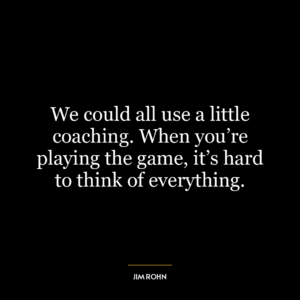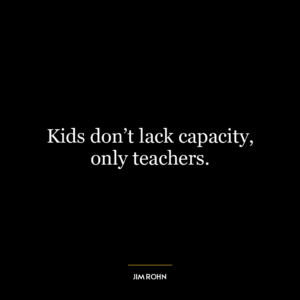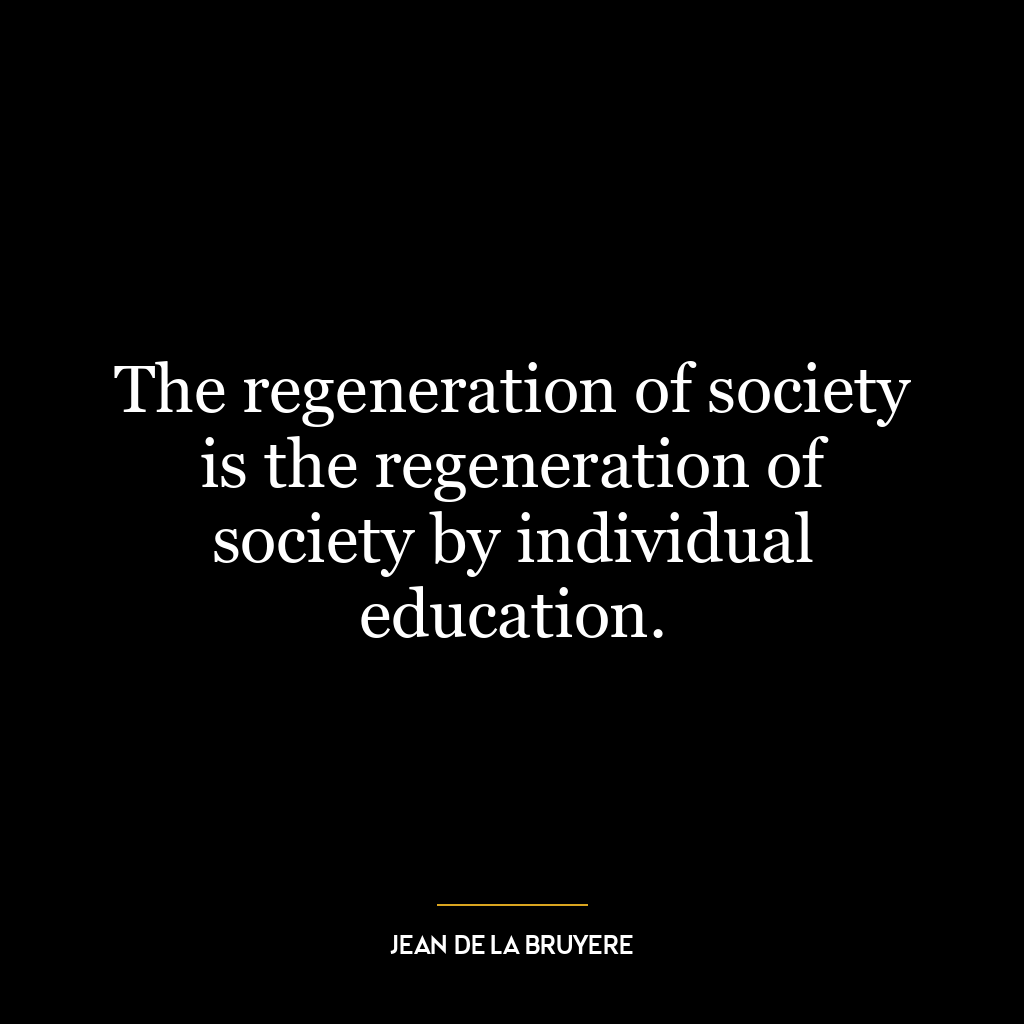This quote emphasizes the innate capacity of a child’s brain to learn multiple languages. Children, especially at a young age, have a remarkable ability to absorb information and learn new skills, languages being one of them. The quote implies that the limit to how many languages a child can learn is not determined by their cognitive ability, but rather, by the amount of time and effort adults are willing to invest in teaching them.
In terms of depth, the quote can be interpreted as a commentary on the role of nurture in human development. It suggests that children are like sponges, ready to soak up whatever knowledge is presented to them, and that their potential is largely dependent on the opportunities given to them. This perspective aligns with the concept of neuroplasticity, which refers to the brain’s ability to reorganize itself and form new neural connections throughout life. This ability is particularly strong during childhood, making it an ideal time for learning multiple languages.
Applying this idea in today’s globalized world, it becomes clear that multilingualism can be a significant advantage. In a world where cross-cultural communication is increasingly important, the ability to speak multiple languages can open up a wide range of opportunities in terms of career, travel, and personal growth. Furthermore, research has shown that bilingualism and multilingualism can have numerous cognitive benefits, including improved problem-solving skills, better multitasking abilities, and even a delay in the onset of dementia in later life.
In terms of personal development, this quote may inspire parents and educators to take a more active role in exposing children to different languages. It reinforces the idea that it is our responsibility as adults to unlock the potential in our children by providing them with the resources and opportunities they need to learn and grow. It also serves as a reminder that learning is a lifelong process, and that it’s never too late to start learning a new language.















